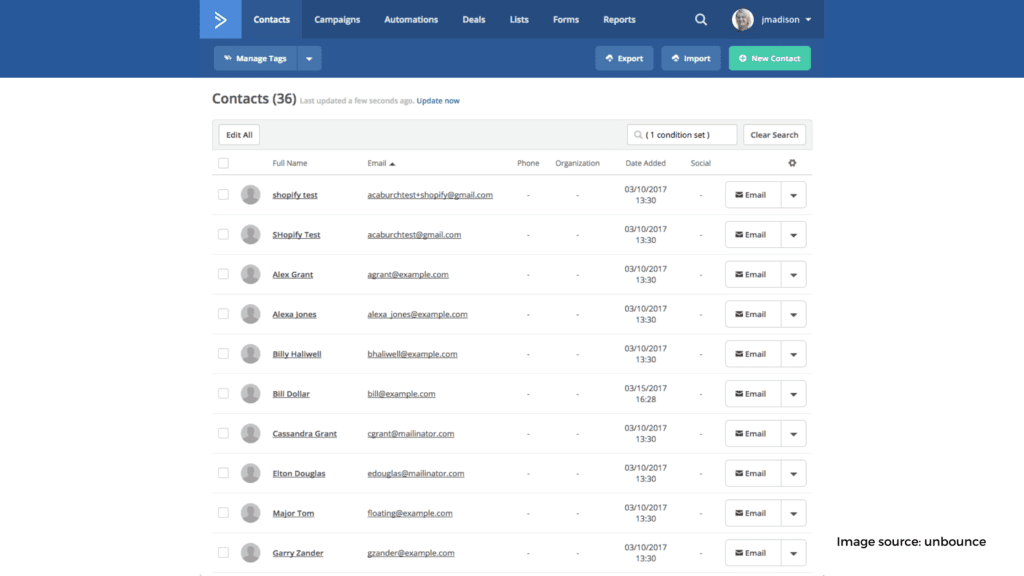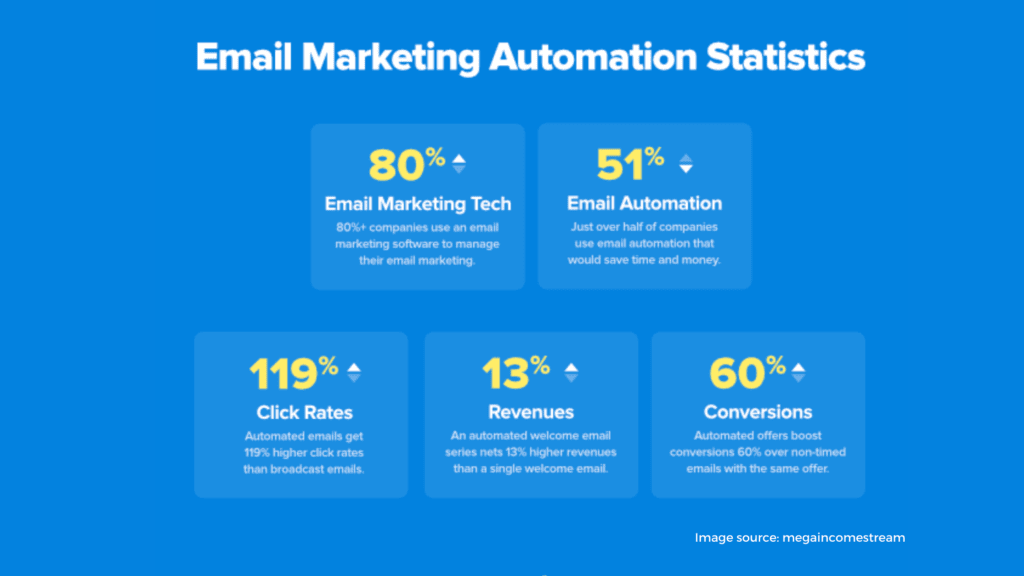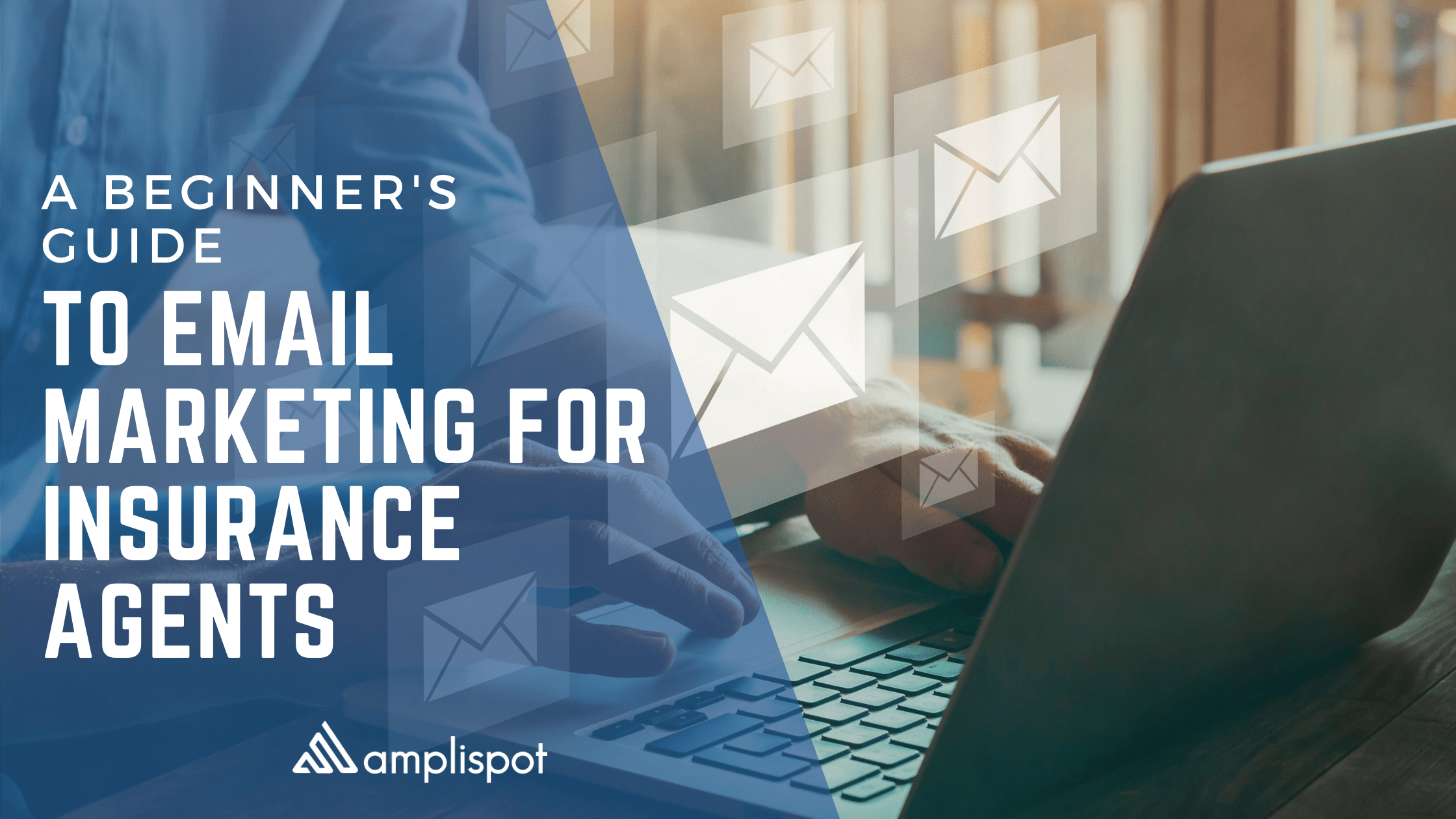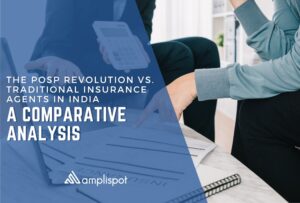The reason why your inbox is always full is that email marketing works. In reality, according to research, email has an average return on investment of $38 for every $1 invested. Even in this digital era, email marketing outperforms other channels when it comes to conversions and leads.
The majority of consumers in the insurance sector prefer emails to other insurance marketing tools, such as direct mail and phone calls. If you don’t use email marketing, you’re missing out on a low-cost alternative to develop leads and boost sales.

How Do You Create And Build An Email List?
A solid email list is the basis of any email marketing campaign. You will get the best return on investment if your subscriber list is engaged. There are a few methods for locating individuals who will be responsive to your emails, but the following are some of the most effective:
- Install a pop-up on your website and set up a form for newsletter signups. When people visit your site, they are more likely to be interested in your company and its services. Add-ons are a great way for your existing and potential customers to stay informed.
- Make use of a paper signup sheet. Provide a location for people to sign up and learn more at the front desk or while you host or attend an event. Make the most of every chance to interact with individuals who are passionate about your company when you’re surrounded by people who care about it.
- Make your emails exciting and easy to share. People will be eager to pass along anything visually appealing and engaging. Make certain that you include material or insights that are relevant to your target audience.
- In exchange for providing your email address, you may give out a contest, provide a discount, or provide a free estimate. Incentivize individuals to join your email list by offering something for free. The possibilities are endless.

What Is Email List Segmentation?
You may reach out to a range of individuals, both existing and potential customers, interested in a specific product or suite of products by utilizing email marketing. Email list segmentation aims to separate these subscribers into smaller groups based on certain characteristics, such as insurance coverage, customer type, or geography. Segmentation allows you to send personalized and relevant emails, resulting in increased conversions rather than bombarding your complete email list.

Choosing An Email Marketing Service
When managing your lists and sending emails, Excel spreadsheets coupled with Outlook may not be sufficient. There are many platforms to select from, making it difficult to determine which is ideal for you. Here’s a summary of the most popular choices:
- MailChimp: MailChimp is a well-known and accessible email marketing platform with an easy-to-use design and customizable pricing. MailChimp is a popular email marketing service with over 300,000 business clients. It connects to Salesforce, WordPress, Hootsuite, Facebook, Twitter, Pinterest, and Instagram. MailChimp has automated templates and simple designs if you’re searching for them.
- SendinBlue: SendinBlue provides users with several simple-to-use email design tools and complete back-end development capabilities for those who want to expand their campaigns’ functionality. They have a lot more information than most email marketing solutions, which is why they’re able to create such deep insights. It’s not for the faint of heart since it requires some technical knowledge to fully utilize this platform.
- GetResponse: GetResponse is a fantastic tool for checking who has visited your website, as the price plan is based on the size of your business and the number of contacts. With their 500 pre-designed templates and easy editing and list-building tools, fully integrated campaigns may be developed with little technical know-how.
At the end of the day, selecting the ideal email marketing software for your needs may be challenging. However, with a little study and well-defined objectives, you’ll make excellent decisions. Now that we’ve covered the fundamentals stay tuned for a separate article on how to create the ideal email.
Insurance Email Marketing Tips
Whether you’re sending a welcome message to a new client or a weekly newsletter to your existing customers, there are certain factors to consider when creating an emailer, such as audience and tone.
- Know Your Audience: Understanding your buyer persona is the key to a successful insurance email marketing campaign, which isn’t as complicated as it may seem. Every prospect and consumer has unique demands and interests; therefore, they want to see content that is tailored to them. As we discussed in an earlier blog, Segment your email list into more targeted categories such as coverage or profession. Sending targeted material to each group allows you to advertise your products or services more personally. You will succeed by connecting with your subscribers and delivering useful and relevant information.
- Stay in Touch, Keep It Fresh: A regular bi-weekly or monthly message can assist you to stay top of mind with subscribers, whether it’s daily or even weekly communications that are ineffective (not to mention time-consuming). Consider mixing things up by sending out a variety of communications, and avoid just sending out sales pitches. You may post industry news and articles, as well as company-related material. People will be inclined to contact you if you appear helpful and informed rather than pushy.
- Short and Sweet: Emails need to be simple and easy to understand. The objective is for subscribers to engage with the material in the email beyond simply opening it, reading it, and responding to it. Keep your emails to a minimum; do not attempt to sell someone on anything overly fancy. In one email, avoid including multiple calls to action; it may confuse and/or irritate recipients. They’ll go out and seek it on their own if they find your email interesting enough.
- Make it Readable: Although a subscriber may be reading your email, it does not imply they want to be addressed with paragraphs of text. When it comes to email, structure your message in such a way that it breaks down the information into digestible chunks with subheadings, short paragraphs, and bullet points as required. Use a picture, if feasible. If you must use one, make it a “read more” link at the end of a brief piece to allow subscribers the choice to learn more.
- Grab Their Attention: The subject line is the first thing a reader will see; it is the key element in determining whether to trash or read an email. Make your subject lines brief and to the point. If humor is a part of your branding strategy, use it. If not, give it enough personality to attract readers while remaining professional.
The art of email marketing is a difficult one to master. It demands dedication and regular effort. Your objective as an insurance salesperson isn’t to write wonderful emails; it’s to persuade people to buy insurance. That’s fine. Concentrate on sincerity and stick to a step-by-step method to keep it that way.






